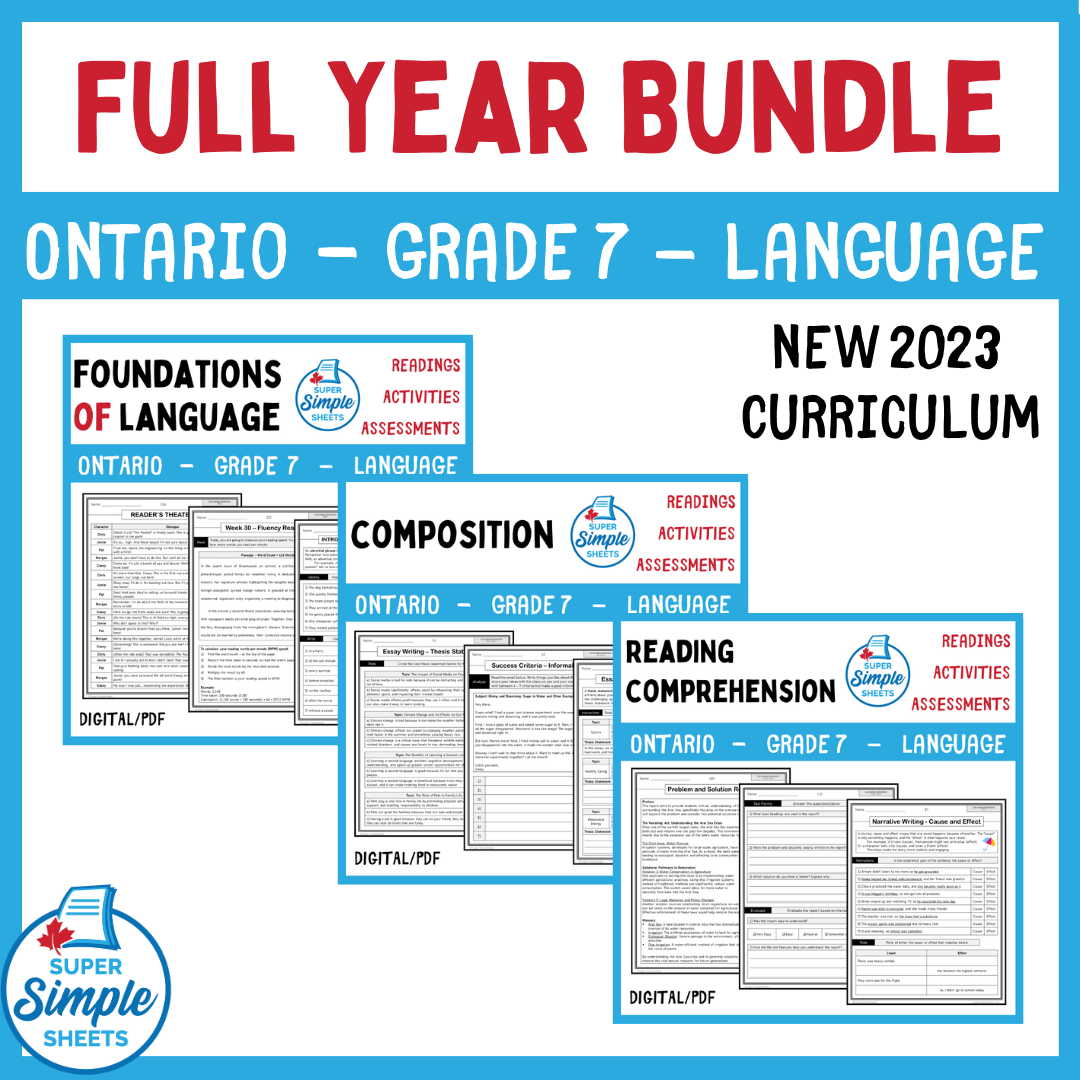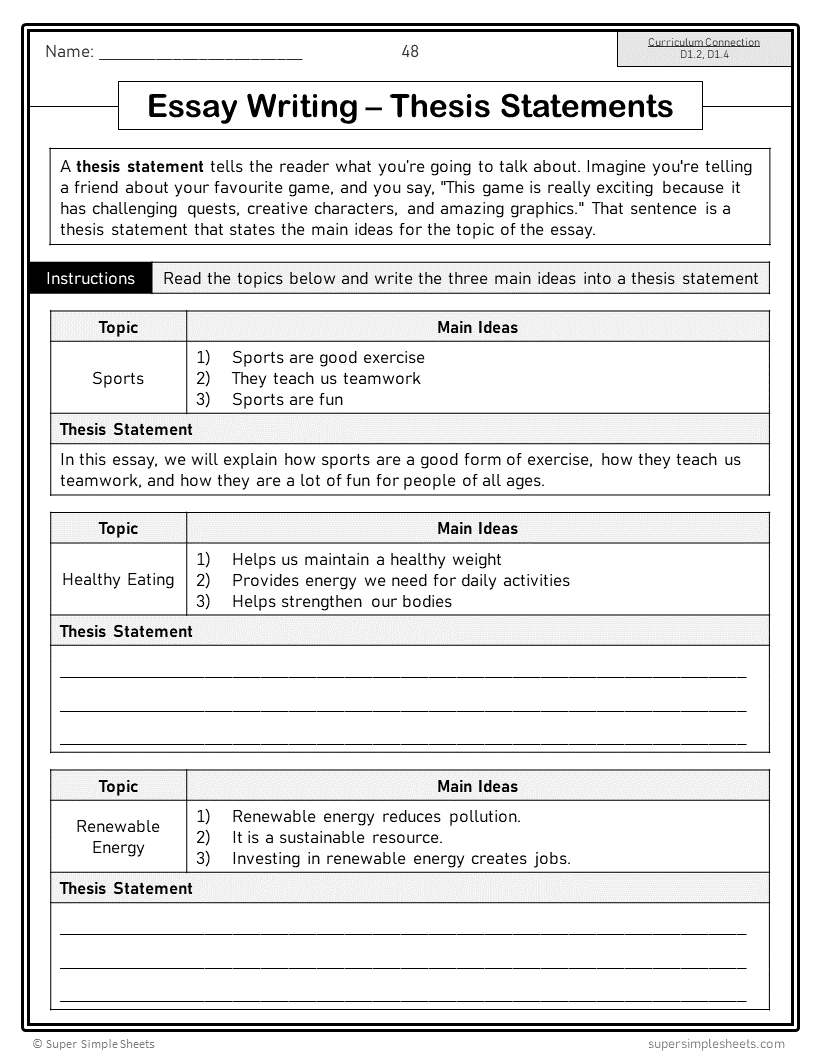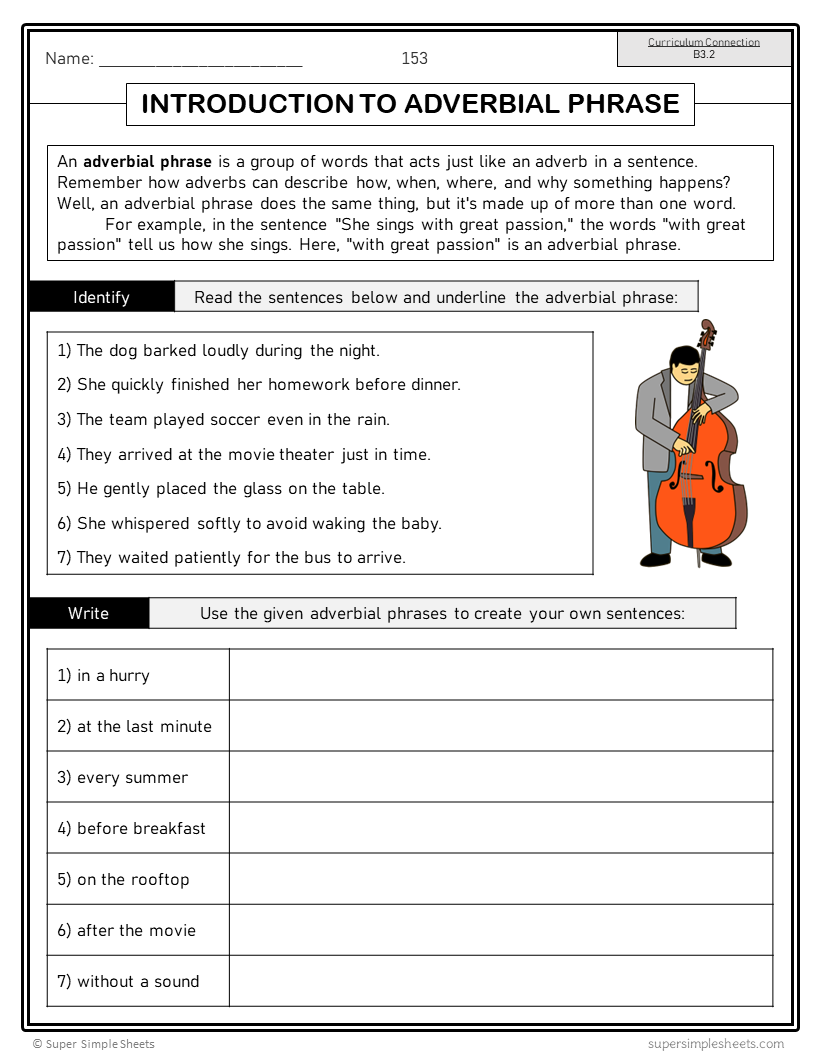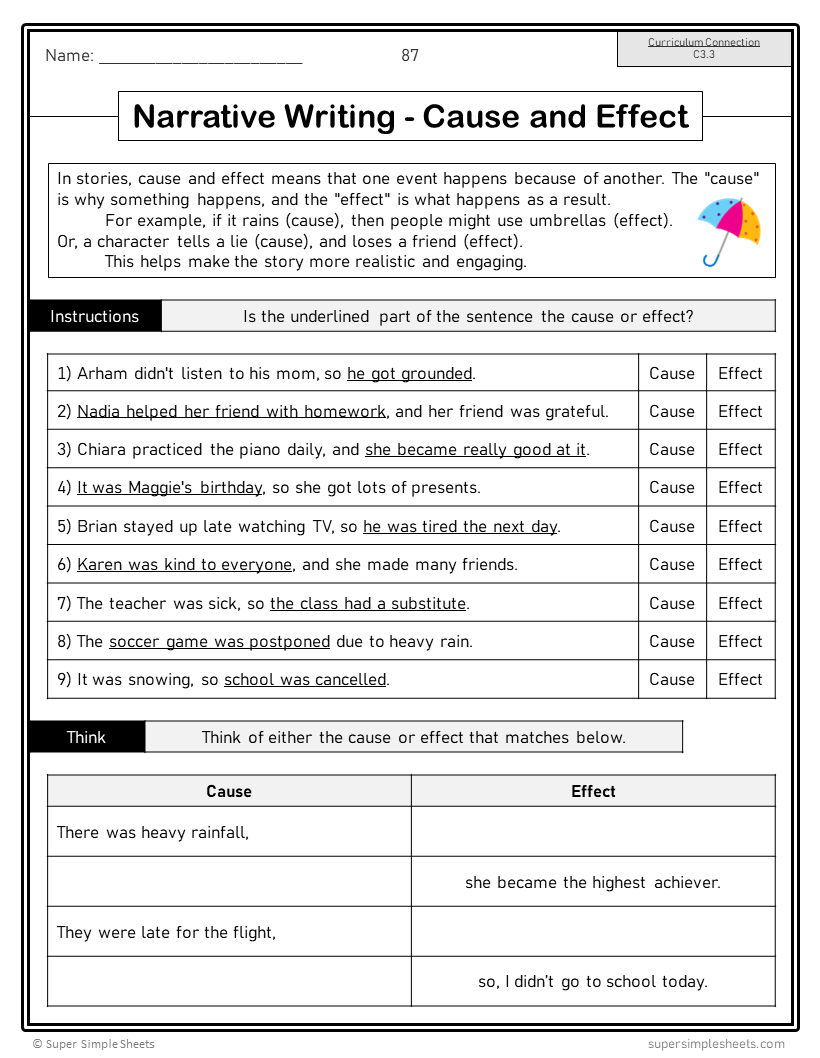Ontario Grade 7 Language - FULL YEAR BUNDLE - NEW 2023 Curriculum
Ontario Grade 7 Language - FULL YEAR BUNDLE - NEW 2023 Curriculum
Interested in a bundle? Shop below instead!
Couldn't load pickup availability
FULL YEAR BUNDLE - Teaching made easy! This NO PREP bundle includes everything you need to teach the NEW 2023 Grade 7 Language Curriculum.
Grade 7 - New Ontario 2023 Language Curriculum – Foundations of Language Strand. This resource covers all expectations and learning goals in the Grade 7, 2023 Ontario Language Curriculum – Foundations of Language Strand.
There are 434 activity sheets that align to cover all expectations in the NEW Ontario 2023 Language Curriculum. Included are 30 weeks of activities that cover the curriculum strategically, allowing teachers to use spiral teaching to ensure they are covering the entire curriculum.
With the focus of the new curriculum on explicit teaching of vocabulary and Science of Reading methods, we have created 30 word lists for students to study. Your students will learn a new suffix/prefix each week, as well as new words to add to their vocabulary.
Included in this unit are the overall expectations:
B1: Oral and Non-Verbal Communication – over 10 activities/assignments to cover all specific expectations
B2: Language Foundations for Reading and Writing – included in the weekly activities, students will perform word work to improve their spelling, reading strategies, fluency, and vocabulary.
B3: Language Conventions for Reading and Writing – included in the weekly activities, students will learn about parts of speech, grammar, capitalization and punctuation.
We have also covered Strand A in Language - Literacy Connections and Applications. We have included curriculum connections for all our activities, so you can see exactly what you will be covering by completing each activity. We know this will help when writing report cards!
In addition, we have included a full-year long range plan that outlines what concepts from the curriculum you will be teaching each week, and what prefixes/suffixes/letter blends will be covered.
Some of the concepts covered:
- Suffixes: -ing, -ly, -able, -less, -ment, -ful, -ness, -tion, -ous, -y, -ize, -ship and many more
- Prefixes: un-, re-, dis-, pre-, ex-, in-, non-, sub-, inter-, anti-, mis-, super-, and many more
- Recognizing and fixing run-on sentences
- Using coordinating conjunctions in compound sentences
- Building complex sentences with subordinating conjunctions
- Understanding and applying correlative conjunctions
- Differentiating between simple, compound, and complex sentence structures
- Creating compound-complex sentences
- Comprehending and using imperative sentences, declarative, interrogative, exclamatory sentences
- Introducing predicate nouns and predicate adjectives
- Exploring participles and participial phrases
- Enhancing writing with adverbial phrases
- Correctly placing commas after transitional words
- Utilizing commas for introductory phrases
- Expanding vocabulary using context clues
- Mastering frequently misspelled words
- Adjusting expression for different genres
- Performing with Reader’s Theatre: tone and pacing
- Strengthening fluency with increasingly challenging readings
- Learning the basics of capitalization and its advanced rules
- Applying punctuation: periods, question marks, colons for quotations
- Understanding semicolons and their advanced usage
- Enhancing writing with conjunctive adverbs
- Utilizing ellipses and dashes for effect
- Expanding vocabulary with thesaurus and morphology skills
- Oral communication – Listening Relay, Two Types of Listening, Questioning Quest
- Activities – Constructive Feedback, The Question-Asking Game, The Paraphrase Chain
- Activities – Podcast Detective, Speech Swap, Speech Makeover
- Activities – Formal vs. Informal Chats, Non-Verbal Communication, Cultural Charades, and more
- Weekly quizzes (30 different assessments)
- Answer pages for all activities
Grade 7 - New Ontario 2023 Language Curriculum – Composition: Expressing Ideas and Creating Texts Strand. This resource covers all expectations and learning goals in the Grade 7, 2023 Ontario Language Curriculum – Composition: Expressing Ideas and Creating Texts Strand.
There are 328 activity sheets that are aligned to cover all expectations in the NEW Ontario 2023 Language Curriculum. Included are 10 blocks of content, each covering a different text form. Within each block, the overall and specific expectations are met.
This is a language program developed by a language teacher. We have included exemplars for students to formulate success criteria so they can improve their writing quality. Moreover, we’ve chunked the progressions involved with producing quality writing to ensure all students can progress.
Included in this unit are the overall expectations:
D1. Developing Ideas and Organizing Content: hands-on activities, group work, and many independent work opportunities to develop these skills
D2. Creating Texts – 13 different assignments with planning pages included to scaffold student learning
D3. Publishing, Presenting, and Reflecting – group work revision activities, success criteria, and rubrics as well as opportunities for students to present and reflect on their work.
We have also covered Strand A in Language - Literacy Connections and Applications. We have included curriculum connections for all our activities, so you can see exactly what you will be covering by completing each activity. We know this will help you when writing report cards!
Some of the concepts covered:
- Types of text forms – when to use each one (narratives, letters/emails, persuasive, comic strips, reports, etc.)
- Experiment – writing with planning time versus writing without planning time (no brainstorming)
- Activity – Secret Agent Notes
- Personal voice in writing
- How to write a perfect paragraph – topic sentence (hook), body (supporting details), conclusion
- Essay writing – how to write a thesis statement
- Writing a 5-paragraph essay
- Formal versus informal letter writing – voice in our writing
- Narrative writing – beginning, middle, end
- Analyzing quality stories – building success criteria
- Using quotations in narrative writing – dialogue
- Activity – Story Swap Revision
- Understanding persuasive writing
- Activity – Being Persuasive: Debate
- Understanding bias in persuasive writing
- Assignment – advertising a new invention
- Expository text forms – reports, lists, problem/solution report, compare/contrast essay, cause and effect essay
- Writing a How-To-Guide
- Synthesizing multiple reports
- Writing a report – different types of bears and the importance of bees
- How to research effectively – trustworthy sources, using keywords
- Activity – Online Treasure Hunt
- Writing a problem/solution report
- Determining solutions to problems
- Types of poems – Haiku, Limerick, Rhyming Poems, Acrostic Poems
- Assignment – writing a poetry children’s book
- Cursive writing – Limerick
- Comic strips – onomatopoeia and illustrating graphic texts
- Assignment - creating an online comic strip
- Biographies – cross curricular connections: Louis Riel, Leif Erikson, and Laura Secord
- How to cite where we find research – bibliography
- Activity – Partner Biography/Bibliography Assignment
- Cursive writing package/booklet
- Answer pages for all activities
Grade 7 - New Ontario 2023 Language Curriculum – Reading Comprehension Strand. This resource covers all expectations and learning goals in the Grade 7, 2023 Ontario Language Curriculum – Reading Comprehension Strand.
There are 289 activity sheets that align to cover all expectations in the NEW Ontario 2023 Language Curriculum. These activities can be used on their own, or to compliment the Composition Strand. Students will learn each of the expectations as they progress through the different text forms that follow the same pattern as the Composition unit.
We’ve included a variety of activities, including independent reading responses, group activities, assignments, experiments, and hands-on activities to keep your students engaged.
Included in this unit are the overall expectations:
C1. Knowledge about Texts – taught using 10 different text forms, including poetry, persuasive writing, and reports.
C2. Comprehension Strategies – we’ve included a stand-alone independent reading comprehension package (BINGO and other responses), and these strategies are taught throughout the 289-page unit.
C3. Critical Thinking in Literacy – taught throughout the resource (biases, inferences, literary devices, etc.)
We have also covered Strand A in Language - Literacy Connections and Applications. We have included curriculum connections for all our activities, so you can see exactly what you will be covering by completing each activity. We know this will help when writing report cards!
In addition, we have included a full-year long range plan that outlines what concepts from the curriculum you will be teaching each week/block.
Some of the concepts covered:
- What is reading comprehension?
- Before reading: comprehension strategies – activating prior knowledge and reasons for reading
- During reading: comprehension strategies – questioning, making connections, inferences, predictions, visualizing
- After reading: comprehension strategies – summarizing, inferences, synthesizing, evaluating, visualizing
- Cultural text forms – creation stories and songs
- Indigenous Storywork – 7 Principles: respect, responsibility, reciprocity, reverence, holism, interrelatedness, synergy
- Indigenous storytelling – values, rituals, ceremonies, architecture, art, and dance
- Cross-curricular connections – text forms related to themes in science and social studies (deforestation, structures)
- Adjusting reading rates: Learning to read at different speeds based on the text's difficulty.
- Vocabulary in context: Learning new words through their use in texts.
- Voice in letter writing
- Bias in letter writing, book reviews, and in persuasive writing
- Making inferences from letter writing
- Narratives – finding examples of literary devices: allegory, symbolism, and foreshadowing
- Sequencing a narrative – rearranging a plot
- Determining the causes and effects in narratives
- Implicit versus explicit evidence in persuasive texts
- Expository texts – informational reports
- Text patterns in cause-and-effect essays, problem-and-solution reports, five-paragraph essays, compare and contrast essays
- Identifying thesis statements found in reports and essays
- Synthesizing information in reports and essays
- Blog post – text patterns
- Identifying literary devices in poetry – allegory, foreshadowing, and symbolism
- Analyzing poems – haiku, limerick, acrostic, cinquain, and rhyming poetry
- Studying poetry written by Indigenous authors
- Explicit and implicit perspectives in book reviews
- Activity – detecting bias in online reviews
- Graphic texts – timelines, memes, comics, infographics, maps
- Biographies – Viola Desmond, Tecumseh, Bertha Clark Jones, Alexander Graham Bell, and Warren Buffet
- Answer pages for all activities
BOTH GOOGLE SLIDES AND PDF VERSIONS INCLUDED!
This is a comprehensive bundle that will save you hours of planning! It has everything you need to feel confident that you are covering the NEW Ontario Language curriculum.
Share




easy to follow without any planning and stress
Very good worksheets for language can be used almost every day. Would be great if they had slideshows to use as lessons with the sheets to teach the concepts as well. Would recommend
I have been wracking my brain trying to figure out how to structure my Language with the new curriculum. This has saved me. Due to photocopy limits I am not able to use it the way it is intended but it is able to guide me in the right direction. The only thing that would make this even better is if there were teaching slides to go with it. But for the price it has saved me a lot of stress.







